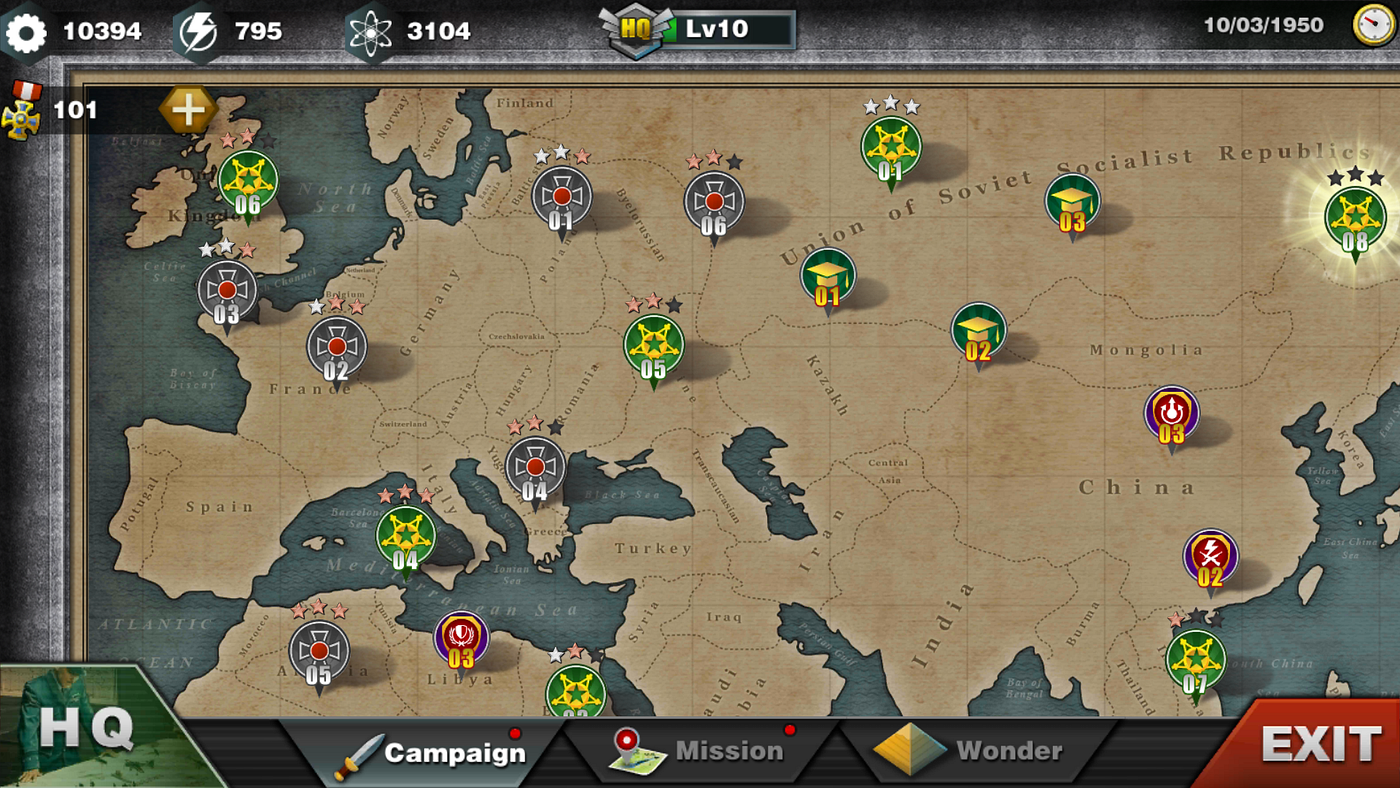

Taylor also reaches a similar conclusion in which he argues that Mussolini was no more than an empty headed opportunist ready to reach agreement with whichever side offered the greatest concessions. Yet, this is not to necessarily ascertain that that Realpolitik and a durable alliance cannot co-exist in a wider sense, however for the purpose of this alliance, Germany and Italy found it very difficult to gage any fraternal link. Thus, in essence the alliance was based on the considerations of Realpolitik, rather than a durable and fraternal association. Yet as a direct result of these events, Hitler and Mussolini found comfort in each other as they became increasingly ostracised from the international community. Italy and Germany were drawn together by the effects and consequences of Mussolini’s conquest of Abyssinia, Hitler’s march into the Rhineland and their joint endeavour in the Spanish Civil War, however relations maintained to be formal and cautious during this period. The Rome-Berlin Axis was formally announced on 1 st November 1936 by Mussolini in a speech in Milan, yet the extent to which this alliance was based upon durability and fraternity is somewhat questionable. This will be followed by Italy’s introduction into the war in June 1940 and finally this essay will evaluate Italy’s failed invasions in Greece and North Africa in late 1940 and the repercussions this had on German-Italian relations and the Axis war effort. 1936-37 reviewing the impact of the Abyssinian crisis, remilitarisation of the Rhineland and Spanish Civil war, followed by 1938 which will consider the effect of the Anschluss, Munich Agreement and Anglo-Italian agreement, ensued by 1939 with the creation of the Pact of Steel and Italy’s subsequent non-belligerency. This paper will analyse the years 1936-1940 and will be divided into five sections with a chronological structure. The relationship between Italy and Germany, and also the Mussolini–Hitler relationship is complex and intricate both nations even flirted with the enemies at times as a means of maximising their own political interests. Therefore, they manipulated their superficial common links to establish a relationship that was based on the considerations of Realpolitik. Thus, their alliance was one of more convenience than anything else in that both powers were aware that they needed an ally within Europe as a means of achieving their ambitious and aggressive foreign policies. This paper will predominately argue that Germany and Italy had little in common but common enemies and more significantly the shared aim of both wanting to assert themselves as revisionist powers of the interwar period. Although these factors hold a great deal of truth and certainly some weight, it is difficult to argue that the Rome-Berlin axis was established purely on this basis. Furthermore, they shared parallel leadership principles and referred to as Duce and Führer (both mean leader), and additionally both held great hostility towards parliamentary democracy. These inherent links include their common ideology, albeit there are minor differences, their similar foreign policy, expansionist aims and finally common enemies – Britain, France and communist Russia. Nazi Germany and fascist Italy have often been depicted as congruent cases during the period in discussion in which their supposed inherent links formed the basis of their relationship.


 0 kommentar(er)
0 kommentar(er)
